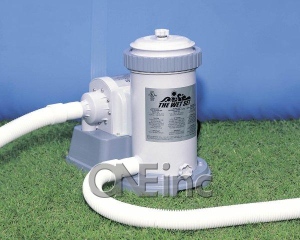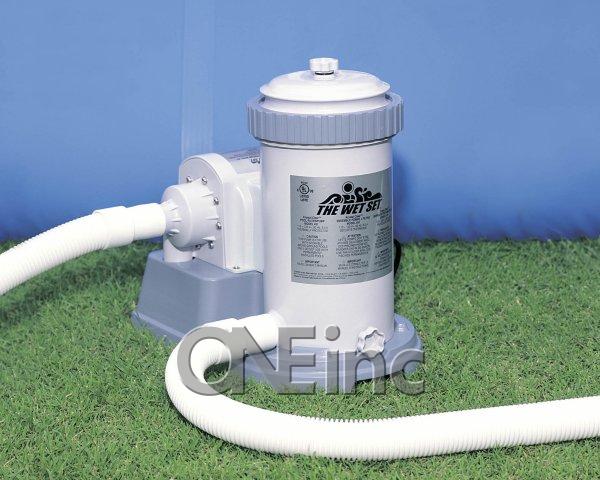How pool filters work

A pool filter is virtual the same when it comes to every type of filter. It’s main job is to clean and filter anything that is not supposed to be in the pool. This could mean dirt and grime that can slow down the system, make the water turn color, or even provide a breeding ground for nasty bugs and critters. A pool filter will filter the water of a pool several times a day to ensure that the pool water is of the utmost quality when you go to swim in it. It takes care of most of the smaller issues that skimmers and netting doesn’t catch. But how does it actually work?
There are three major types of pool filtering systems.
Sand filters
Sand is the easiest and the best when it comes to the filter itself. The filter is actually a tank filled with simple graded sand that is meant to catch anything of a specified size as it passes through the system. This is depending on the sand used for the system as to how efficient it is. The usual rate however is 40 microns which is above the size visible for the human eye. Sand filters are great but the do get clogged after a while and you need to backwash the system every couple of weeks.
Cartridge filters
This is the most popular type of filter out on the market as it is cheap and easy to use. The filter is much like a coffee filter but for a pool. The water is force fed through the paper filtering system and it catches anything that passes through it that is above a set threshold size depending on the cartridge that you bought. The best usually have a limit of 25 microns but at the same time you don’t need to backwash them. Instead you simply take them out and clean them by hand with a hose.
DE filters
The best technology as far as filters go and some have even labeled them as the HEPA for pool owners everywhere. Specially treat with extremely fine aquatic fossils or diatoms, DE filters will collect anything above 5 microns which is extremely small. The issue as to why this is not more popular is that because they can catch so well they require a lot of back washing and they can get costly.
Each of these systems use the same basic process though and it’s really simple. The pump drags the water up into the system. The water then passes through the filter and pushes the water back through into the pool again. While the water is being pushed through at a constant rate, it’s being forced through a gate with very small holes and if the debris is bigger than those holes then it isn’t let through.
Featured images:
- License: Image author owned
Warren Isaac is a pool and spa service technician with over 15 years of experience. This article is written by Warren and the staff at Warm Springs Pool and Spa Repairs
